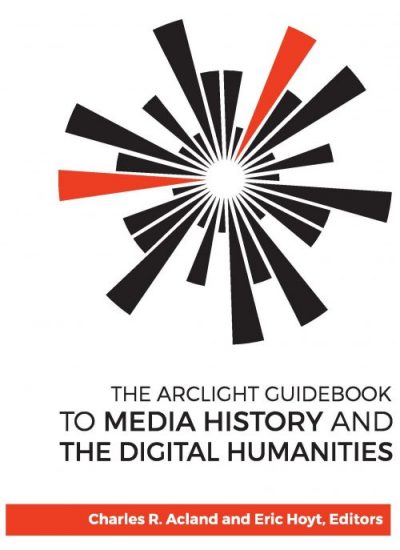
We are proud to announce the forthcoming Arclight Guidebook to Media History and the Digital Humanities!
Placing the field of media history into dialogue with the digital humanities, the book explores and raise new questions about researching media history within the context of digital archives, tools, and methods. Across seventeen chapters, contributing authors discuss the ways in which they are using or building digital technologies, assessing strengths and weaknesses, and responding to successes and failures. Topics explored include search, maps, big data, text mining, video analytics, databases, networks, and new forms of publication. We have sought to produce a guidebook that surveys media history scholarship’s current relationship with DH, as well as offer potential pathways for future research.
The Arclight Guidebook is an open access book, published by REFRAME Books in association with Project Arclight. You may freely download the book PDF and EPUB formats.
The book will be available for download in June 2016. Here is the table of contents and structure of the book:
Section I: Searching and Mapping investigates the ways in which the processes of searching and mapping tools can impact media history research, in both limiting and fruitful ways. Covering portable projectors (Wasson), film exhibition and digital newspaper archives (Waller), digital geospatial software (Horak), and institutional media (Hughes), these chapters illustrate how search and mapping functions have been helpful in illuminating these topics’ historical relationships to media circulation and distribution, yet require critical reflection to understand these functions’ limitations.
Section II: Approaching the Database contains chapters that examine questions revolving around the construction and use of databases in media history research. Ranging from Canadian nontheatrical film (CESIF & Acland), early U.S. cinema (ECHO & Long), global movie showtimes (Kinomatics Project & Verhoeven), and the relationship between classical film theory and the database (Posner), these chapters on various levels describe both theoretically and technically how datasets are created and structured, and interrogate the implications of datasets’ organization and metadata on how researchers search through and employ these databases.
Section III: Analyzing Images, Sounds, Words covers methods for studying media history through the use of digital tools. Focusing on Youtube star Michelle Phan and her “Anti-Phans” (Tran), “the bachelor” in American silent film history (Spiro), 1930s Hollywood trade papers and fan magazines (Acland & McKelvey), “small data” analytics via video-editing software (Jacobs & Fyfe), and film splicing and digital surrealism (Ferguson), these chapters showcase a wide range of digital tools to share their methods, discoveries, and lessons, as well as their failed or limited results along the way.
Section IV: Process, Product, and Publics gathers work that reflects on the workflows of researching, producing, and sharing media history scholarship. Using different platforms and topics–TV soap opera & DevonThink (Levine), the American advertising industry & Tumblr (Meyers), historical media collections & the Media Ecology Project (Williams), and recognizing DH activities within academia (Hoyt)–these chapters outline how digital tools and workflows have shaped their research questions, processes, and how they spread their work.
Using digital resources has become an essential part of how we research media history. We hope this collection encourages an exciting, yet critical engagement with digital research methods, and appeals to all levels of (digital) media historians!
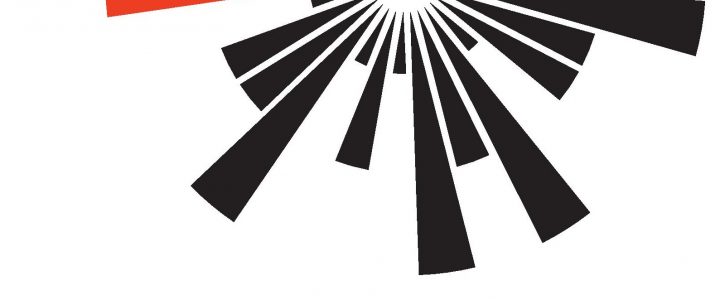
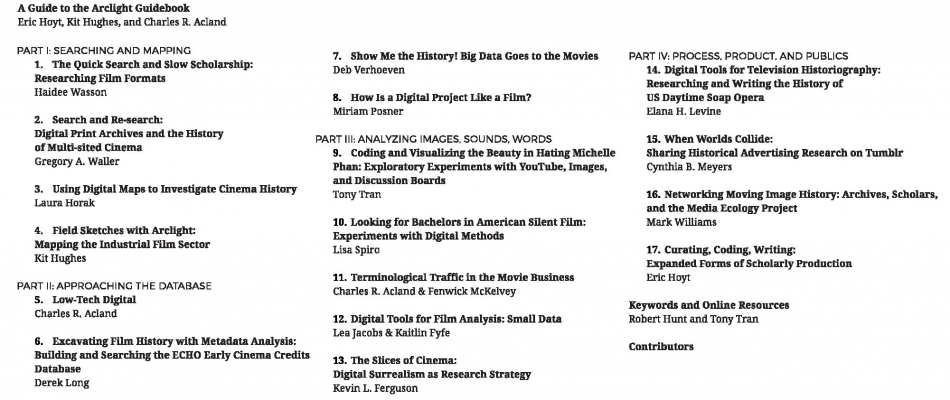
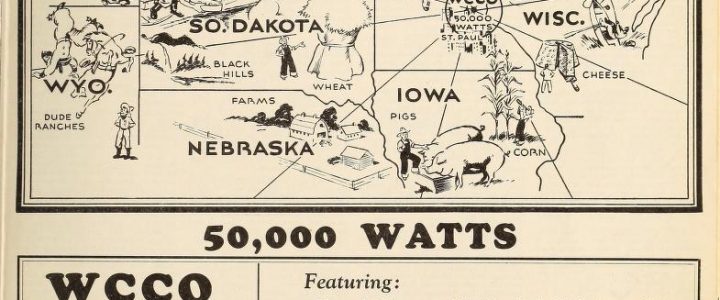
 If you have used the
If you have used the 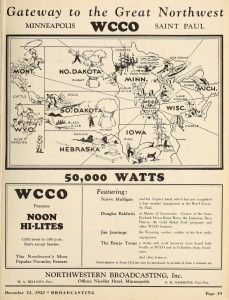 Illustrating Arclight’s ability to work with scale and large entity lists, this article employs
Illustrating Arclight’s ability to work with scale and large entity lists, this article employs